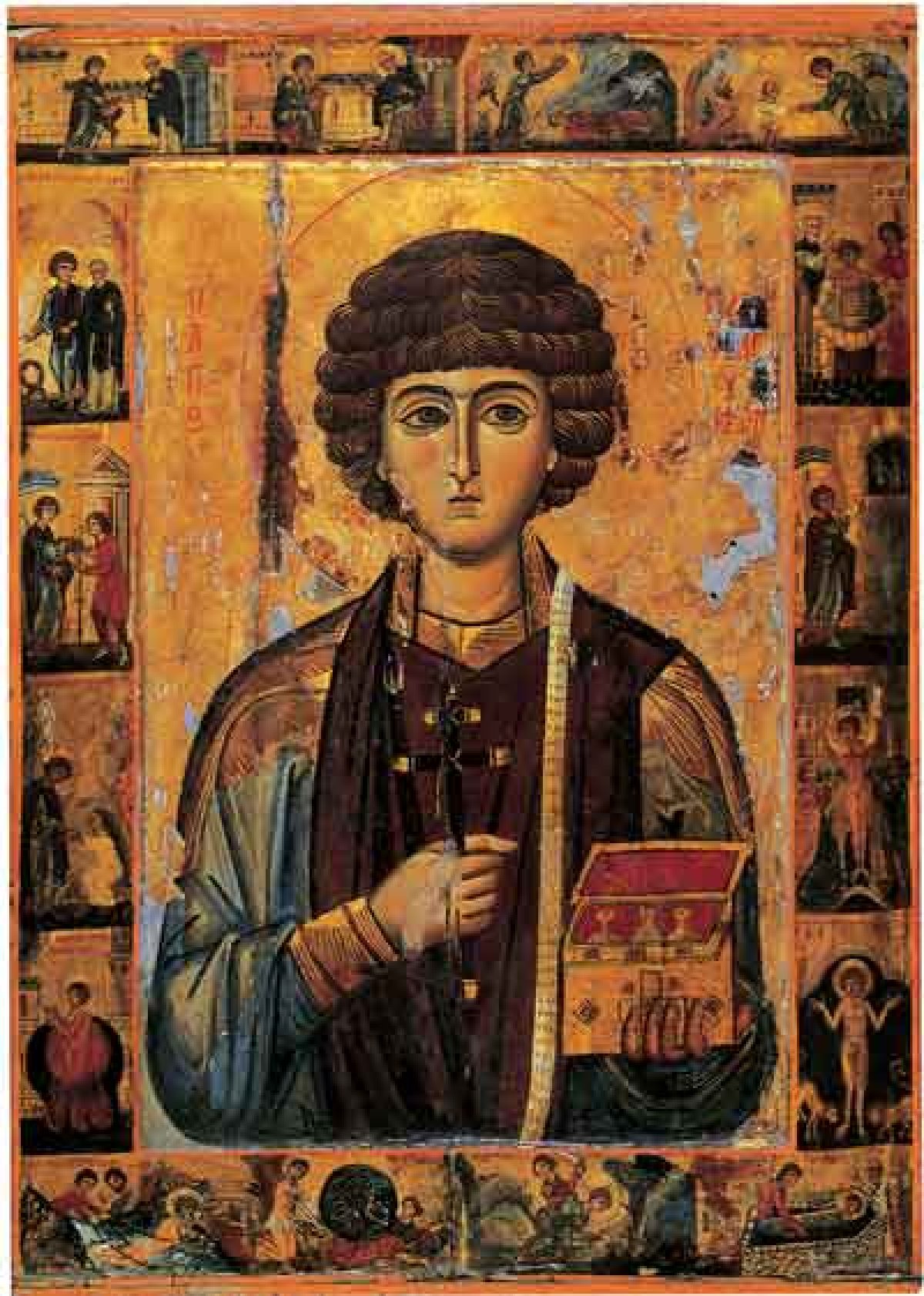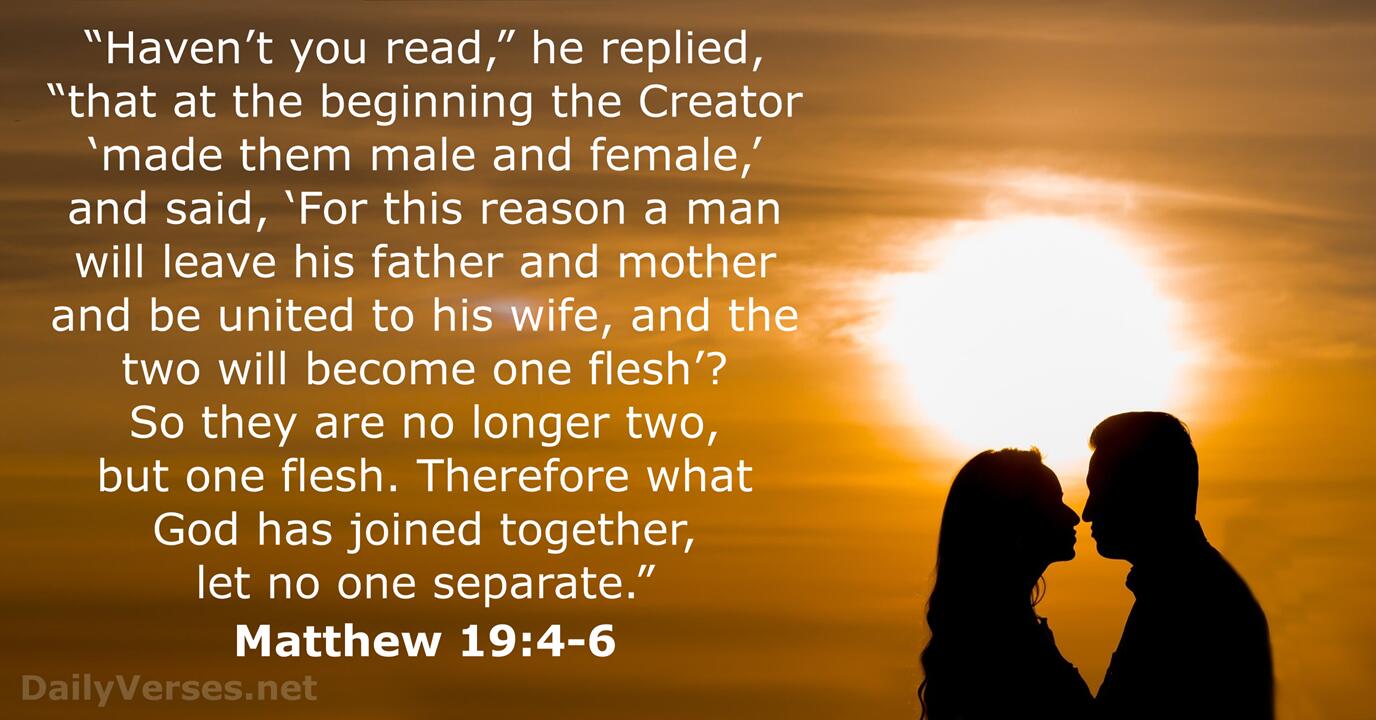List Of Types And Shadows In The Bible Pdf
List Of Types And Shadows In The Bible Pdf
The typology of the New Testament is the Christian interpretation of aspects of the Hebrew Bible as it has been developed by scholars within the historical-critical method since the late 18th century. It has been seen as a source of insights into its own text and into Christian tradition.
There are two predominant schools of thought on this topic between which there is some overlap:
(1) a Christocentric view that finds in Old Testament ritual, texts, and personages typological foreshadowings of events in the life and ministry of Jesus, and (2) an ecclesiological view that sees in such typological relations a basis for understanding the church as heir to Israel. The first school emphasizes the verbal analogy between types and antitypes found in specific New Testament texts;
the second, an analogy based on continuity of moral and religious principles between various figures or institutions.
The first uses typology predominantly as a hermeneutic device for interpreting details of New Testament texts;
the second, for its theological significance particularly in relation to Jewish-Christian relations.”
The typology of the New Testament is the Christian interpretation of aspects of the Hebrew Bible as it has been developed by scholars within the historical-critical method since the late 18th century. It has been seen as a source of insights into its own text and into Christian tradition.
The typology of the New Testament is the Christian interpretation of aspects of the Hebrew Bible as it has been developed by scholars within the historical-critical method since the late 18th century. It has been seen as a source of insights into its own text and into Christian tradition.
The practice of reading biblical literature through its literary patterns, sometimes called “type and antitype”, was common in ancient Jewish exegesis. The use of a type-antitype hermeneutic originates with Paul (Romans 5:14), who applied it to Christ (see also 1 Corinthians 10:6; 1 Peter 2:24). He also stated that Moses was a “prophet” like unto himself, who prefigured him in his writings (Galatians 3:19).
There are two predominant schools of thought on this topic between which there is some overlap:
There are two predominant schools of thought on this topic between which there is some overlap:
- The first school emphasizes the verbal analogy between types and antitypes found in specific New Testament texts. These texts speak of Jesus as a “type” who fulfilled the prophecies of ancient Israel’s history (see, for example, Hebrews 1:1-2). The second, an analogy based on continuity of moral and religious principles between various figures or institutions. This view sees these as types pointing to Christ and his redemptive mission (see 1 Corinthians 10:6; 2 Corinthians 3:7-8; Ephesians 5:31).
(1) a Christocentric view that finds in Old Testament ritual, texts, and personages typological foreshadowings of events in the life and ministry of Jesus, and (2) an ecclesiological view that sees in such typological relations a basis for understanding the church as heir to Israel.
Types and shadows are a type of Old Testament symbol that point to Christ.
The Christocentric view of types and shadows sees in Old Testament ritual, texts, and personages typological foreshadowings of events in the life and ministry of Jesus. The New Testament writers also use the word “type” (Greek: typos) when they refer to such persons or things as “figures” or “signs” (1 Corinthians 10:6; 2 Corinthians 3:7). This view was accepted by many ancient church fathers along with some modern scholars who see in such typological relations a basis for understanding the church as heir to Israel’s covenant blessings.
The ecclesiological view sees in types and shadows a way of understanding God’s relationship with His people throughout history through successive covenants which culminate finally in Christ and His Church (Hebrews 8:6-12).
The first school emphasizes the verbal analogy between types and antitypes found in specific New Testament texts;
The first school emphasizes the verbal analogy between types and antitypes found in specific New Testament texts; it is generally associated with Augustine, who used a typological hermeneutic to interpret details of New Testament texts. The second school emphasizes continuity of moral and religious principles between various figures or institutions; this approach is often associated with Thomas Aquinas, who argued that the biblical text has an internal unity and consistency that can be recognized by careful reading.
the second, an analogy based on continuity of moral and religious principles between various figures or institutions.
The second school, which emphasizes the continuity of moral and religious principles between various figures or institutions. The continuity of moral and religious principles is based on the idea that God’s revelation is progressive and continuous. This school also emphasizes the continuity of the church with Israel.
The first uses typology predominantly as a hermeneutic device for interpreting details of New Testament texts;
The first uses typology predominantly as a hermeneutic device for interpreting details of New Testament texts.
Typology is a useful tool for interpreting the Old Testament since Jesus and the apostles frequently alluded to Old Testament Scripture.
Generally speaking, these types serve two functions: they predict future events and they add meaning to that which has happened or is happening.
the second, for it’s theological significance, particularly in relation to Jewish-Christian relations.
The second school sees types as a way to understand Christian history and tradition, the church, and Jewish-Christian relations. A type is a pattern from the past that repeats itself in the future. It’s like seeing an acorn on the ground and knowing it will grow into an oak tree. You don’t need to see an entire tree or even know how many years it takes for an acorn to grow into one before you can recognize that pattern as true for all time.
Types can be used by Christians to identify with God’s people in various ways throughout history (whether Jews or Gentiles). We can learn from these examples so that we might grow closer to God ourselves today.
Typology was part of early Christianity, with Paul employing it in his letters to early Christians. However, the use of typological interpretation has waned due to a perception that it no longer offered a sophisticated interpretive tool.
Typology was part of early Christianity, with Paul employing it in his letters to early Christians. However, the use of typological interpretation has waned due to a perception that it no longer offered a sophisticated interpretive tool.
Typology is the practice of finding a type or pattern in one passage that can be seen as foreshadowing another passage. For example, if we see Jesus as our Passover Lamb (1 Corinthians 5:7), then we may also consider John the Baptist as representing the sacrificial lambs led before God during feast days (Exodus 12:21). Typology became popular among Christians during the Middle Ages and Renaissance era because it provided meaning without requiring deep understanding of Hebrew culture or language.
By looking at types and shadows you can gain deeper understanding
The Bible is a book of types and shadows. It is a living book that speaks to us today, but it also has a past. It was written by men who lived in the past, and they were not able to speak clearly to us unless we understand their culture and customs.
We need to look at the type or shadow before we can fully understand what Christ did on the cross.
If you are interested in learning about types and shadows in the Bible, then this article will help you understand how important it is for us today!
Typology is an important tool for understanding the Bible, but in order to use it effectively we must be careful to properly understand what types and shadows are. It’s also important that we don’t let our preconceptions about what these should look like or mean get in the way of understanding them as they were intended by the author. While there may be some overlap between these two terms (both are used to describe a similar phenomenon), they have different origins and thus should not be considered synonymous.








